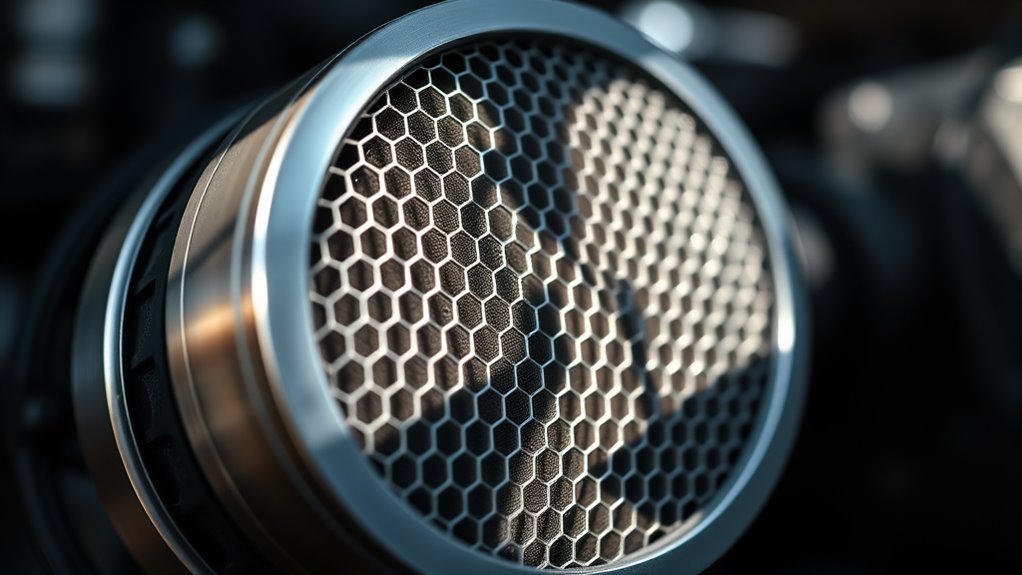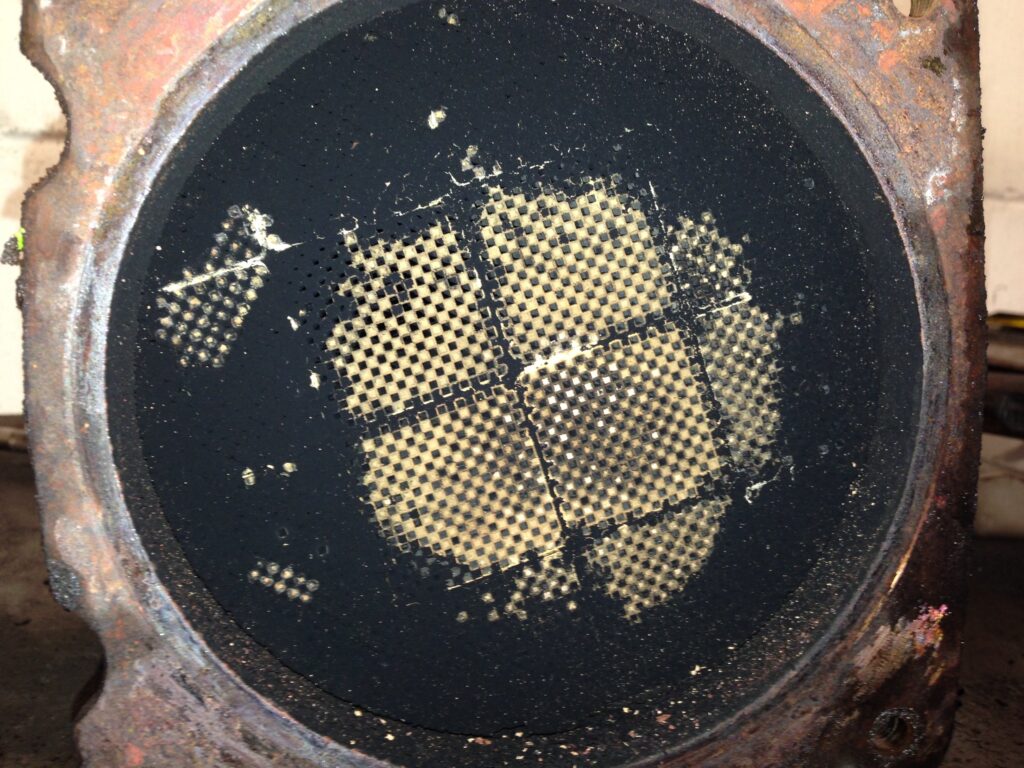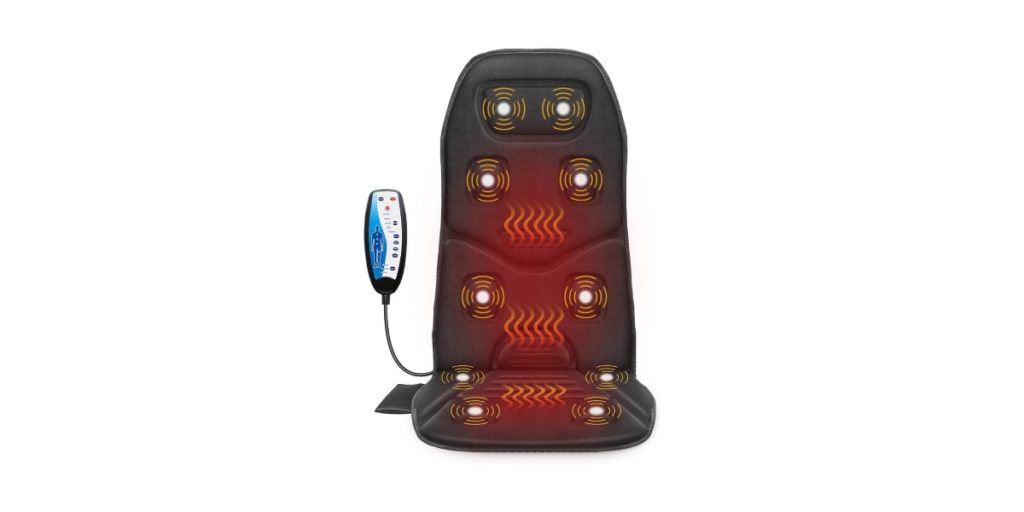You might be surprised to learn that a Diesel Particulate Filter (DPF) can greatly impact not just your vehicle’s performance, but also air quality in your community. This essential component captures harmful soot and particulate matter, but it can also lead to costly repairs if not properly maintained. Understanding how DPFs function and recognizing the signs of potential issues can save you from unexpected downtime and expenses. So, what common problems should you be aware of, and how can you make sure your DPF operates efficiently?
Key Takeaways
- Diesel Particulate Filters (DPFs) capture and eliminate soot from diesel exhaust, helping reduce harmful emissions and improve air quality.
- DPFs utilize filtration and regeneration processes, either active or passive, to maintain efficiency and prevent clogging.
- Common issues with DPFs include soot buildup, failure in regeneration, and reduced engine performance due to short trips.
- Signs of a clogged DPF include sluggish acceleration, check engine light illumination, increased fuel consumption, and excessive exhaust smoke.
- Regular maintenance, including cleaning every 30,000 miles and inspections, is crucial to avoid costly replacements and ensure optimal DPF function.
What Is a Diesel Particulate Filter?

A Diesel Particulate Filter (DPF) captures and removes soot and other particulate matter from the exhaust gases of diesel engines. This technology is essential in reducing harmful emissions and improving air quality.
As you explore DPF technology advancements, you’ll notice how they’ve evolved markedly over the years. Modern DPFs are designed to handle higher temperatures and improve filtration efficiency, ensuring that more pollutants are captured before they enter the atmosphere.
The environmental impact of DPFs can’t be understated. By effectively reducing particulate emissions, DPFs play a key role in meeting stringent environmental regulations and promoting cleaner air.
This technology not only aids in compliance but also supports a broader shift toward sustainability. As diesel engines become more prevalent, the demand for effective emission control solutions increases, driving further innovations in DPF design and functionality.
Incorporating these advancements into your understanding of DPFs enables you to appreciate their role in mitigating environmental harm.
Ultimately, recognizing the importance of DPFs empowers you to advocate for cleaner technologies, contributing to a healthier planet for future generations. Embrace this knowledge, and take action towards a more sustainable future.
How DPFs Function
How do DPFs effectively trap and eliminate harmful particles from diesel exhaust? DPFs use a combination of filtration and chemical processes to achieve this. When exhaust gases flow through the filter, larger particulate matter gets physically trapped in the porous material, while smaller particles and soot are captured through intricate design features.
To maintain effectiveness, DPFs engage in regeneration processes. During active regeneration, the system raises the exhaust temperature, burning off accumulated soot. You might notice this process when your vehicle seems to run hotter or when an indicator light appears on the dashboard.
Passive regeneration occurs naturally during long drives, as the temperature remains high enough to combust the soot without intervention.
DPF cleaning techniques also play an essential role in ensuring peak performance. While many modern DPFs are designed for self-cleaning, manual cleaning methods, such as using specialized cleaning solutions or air pressure, can be employed when necessary.
Common Diesel Particulate Filter Problems
C:\Users\lukeg\Desktop\zimmwriter\output\Diesel_Particulate_Filter_0002.jpg
Even with effective filtration and regeneration processes, DPFs can encounter various problems that hinder their performance. One common issue is soot buildup, which can lead to reduced efficiency and eventual clogging. If you ignore this, you may face significant DPF replacement costs down the line. Regular maintenance of a diesel particulate filter is vital to avoid such costly repairs.
Another issue is the failure of the regeneration process. If the engine doesn’t reach the necessary temperature for regeneration, soot can accumulate, causing further complications. It’s important to monitor your driving habits; consistent short trips may not allow your DPF to regenerate properly.
Fortunately, there are DPF cleaning methods available to restore functionality. You can choose from various cleaning options, such as chemical cleaning agents or ultrasonic cleaning, to remove accumulated soot and ash. These methods can save you from premature replacement, but always consult a professional for guidance.
Understanding these common problems helps you take proactive steps. By keeping an eye on your DPF’s health and addressing issues promptly, you can maintain your vehicle’s performance and extend the lifespan of your diesel particulate filter.
Signs of a Clogged DPF

Numerous signs can indicate a clogged Diesel Particulate Filter (DPF) that require your attention. Recognizing these symptoms is essential for effective detection and resolution.
One primary symptom is a noticeable drop in engine performance. You might experience sluggish acceleration or reduced power while driving, suggesting that your DPF is struggling to function properly.
Another common sign is the illumination of the check engine light on your dashboard. This warning often correlates with performance issues and indicates that your vehicle’s onboard diagnostics have flagged a problem.
Additionally, you may notice an increase in fuel consumption, as a clogged DPF forces your engine to work harder, leading to inefficiencies.
Excessive exhaust smoke is another telltale sign. If you observe dark smoke emanating from your exhaust, it’s a clear indication that your DPF needs attention.
Finally, unusual engine sounds or vibrations can also point to underlying issues related to the DPF.
Maintenance Tips for DPFs
C:\Users\lukeg\Desktop\zimmwriter\output\Diesel_Particulate_Filter_0003.jpg
Maintaining your Diesel Particulate Filter (DPF) is vital for guaranteeing ideal engine performance and longevity. Regular upkeep can prevent costly repairs and keep your vehicle running smoothly. Here are some key maintenance tips to take into account:
| Maintenance Task | Frequency | Notes |
|---|---|---|
| DPF Cleaning | Every 30,000 miles | Use a professional service for best results. |
| Visual Inspection | Monthly | Check for cracks or damage. |
| Regeneration Check | As needed | Monitor regeneration cycles; verify they occur regularly. |
| DPF Replacement | 100,000 miles | Replace if cleaning fails or performance declines. |
For effective DPF cleaning, you may want to reflect on professional services that specialize in this process. It’s important to follow manufacturer guidelines for your specific vehicle. If your DPF is beyond cleaning, timely DPF replacement will save you from further engine issues. Don’t wait until your DPF is clogged; proactive maintenance is your best defense against breakdowns and inefficiencies. Implement these strategies to liberate your engine’s full potential and extend its lifespan.
Frequently Asked Questions
Can I Remove the DPF From My Vehicle Legally?
Removing a DPF can lead to serious legal implications, including fines or failed inspections. Before considering DPF removal, weigh the potential risks and benefits carefully to guarantee you’re making an informed decision for your vehicle.
How Much Does a DPF Replacement Typically Cost?
Typically, a DPF replacement costs between $1,000 and $3,000. Regular DPF maintenance tips can prevent performance issues, saving you money in the long run. Consider these factors to make informed decisions about your vehicle’s health.
What Are the Environmental Impacts of DPFS?
DPFs greatly reduce harmful emissions, contributing to cleaner air. Regular maintenance guarantees they function effectively, minimizing environmental impact. By understanding their benefits, you empower yourself to advocate for sustainable practices and improve air quality.
Do All Diesel Vehicles Come With a DPF?
Nearly 90% of modern diesel vehicles come equipped with a DPF. This vital component guarantees efficient emissions control, but understanding DPF function and maintenance is imperative for peak performance and environmental responsibility. You can’t overlook it.
How Long Can a DPF Last Before Needing Replacement?
The lifespan of a DPF varies based on factors like driving habits and maintenance. To extend its life, you should follow maintenance tips, including regular inspections and ensuring ideal driving conditions to minimize clogging.
Conclusion
In conclusion, a Diesel Particulate Filter is vital for maintaining your diesel engine’s performance and reducing harmful emissions. Did you know that a well-maintained DPF can improve fuel efficiency by up to 10%? To avoid costly repairs and guarantee peak function, be proactive about your DPF maintenance. Regular professional cleanings and inspections not only enhance your vehicle’s lifespan but also contribute to a cleaner environment. Don’t neglect this critical component—your engine and the planet will thank you!










